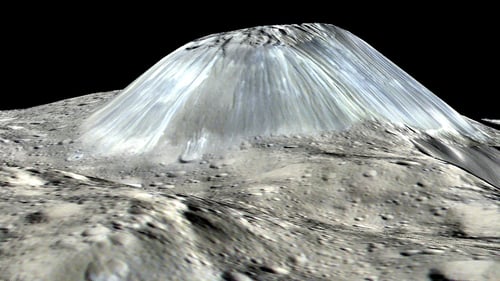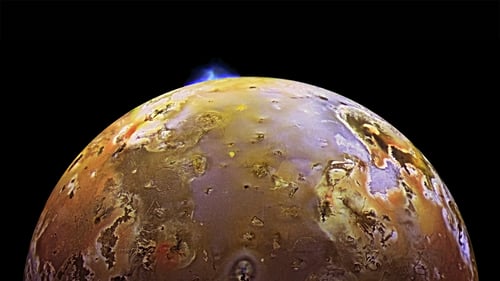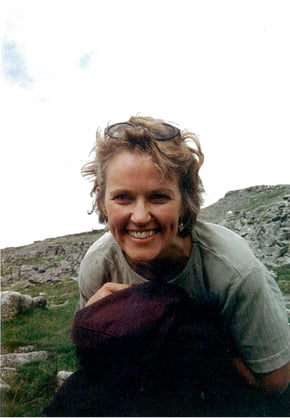They dominate the landscape; they can determine the weather nearby, and if steep and high enough, they offer the perfect challenge to many an adventurer.
Formed most often by the crashing of tectonic plates millions of years ago or from the eruption of molten lava, mountains and volcanoes continue to fascinate us. Our planet is the only place in the solar system with plate tectonics, but that does not mean that mountains and volcanoes are found only on Earth.
It turns out that mountains and volcanoes are abundant throughout our solar system.
What is even more interesting is that only one mountain on earth makes the top 10 list of our solar system’s highest mountains. It’s number 10, and it is not Mt. Everest!
The highest mountain in our solar system is found on neighboring Mars: Olympus Mons at 15.5 miles high dwarfs Mt. Everest by a factor of 5, and Earth’s actual highest peak, Mauna Loa, by a factor of about 3 (5.7 miles). Astonishingly, Mars is home to 4 more mountains and volcanoes from the list mentioned above.
Number 2 on the list, Rheasilvia Mons, is found on the asteroid Vesta, the largest asteroid between Mars and Jupiter. It might be the largest asteroid in that neighborhood, but with a diameter of only 326 miles, Vesta is a small home for such a high peak: Rheasilvia Mons stands 13.2 miles high in the center of a large crater.
Mountains in small places
Vesta’s neighbor, the dwarf planet Ceres, is home to Ahuna Mons, a cryovolcano. Although this peak doesn’t come close to making the top 10 list, it is still an impressive sight!
 Ahuna Mons: Side View / NASA/JPL-Caltech/UCLA/MPS/DLR/IDA
Ahuna Mons: Side View / NASA/JPL-Caltech/UCLA/MPS/DLR/IDA
Ceres is of interest to scientists for several reasons. It appears that this heavily cratered dwarf, just 585 miles in diameter, shares some characteristics with the terrestrial planets (Mercury, Venus, Earth and Mars). For example, it has an inner core and a mantle (or “crust”), but its mantle is likely to be composed of space ice. This significant feature will be explained below. (Ceres also has the distinction of being the first dwarf planet to be orbited by a spacecraft, Dawn.)
Volcanic activity in space?
It is Jupiter’s moon, Io, which holds a different record: the highest number of active volcanoes in the solar system: 400 of them with as many as 150 of them active at the same time.
Planetary geologist, Rosaly Lopes, knows all about them. As explained in Quanta Magazine, she holds a record of her own:
As a planetary geologist at NASA’s Jet Propulsion Laboratory (JPL), she analyzed images from the Galileo mission to Jupiter, identifying 71 active volcanoes on Io—a feat for which she has been recognized with a Guinness World Record.
 Galileo Sees Io Erupt / NASA/JPL/DLR
Galileo Sees Io Erupt / NASA/JPL/DLR
Lopes explained why we want to study these other-worldly mountains and volcanoes:
“Many exoplanets are thought to be super-Ios, where volcanism is still occurring on a large scale thanks to tidal heating. And many exoplanets are also thought to be ocean worlds. Those two characteristics bring about the possibility that life could have evolved there, since you have two of the necessary ingredients: heat and water.”
She is not talking about intelligent life (as in aliens). Dr. Lopes means biological life, possibly microbes or bacteria.
Studying geological processes on other planets–and asteroids–can help us understand the formation and evolution of our own planet. As we gaze into the heavens, the intricacies and precision of these processes should inspire awe and wonder—and gratitude to the One who spoke it into existence.
Read Also:
Mountains, Mars, and Our Desire to Know

